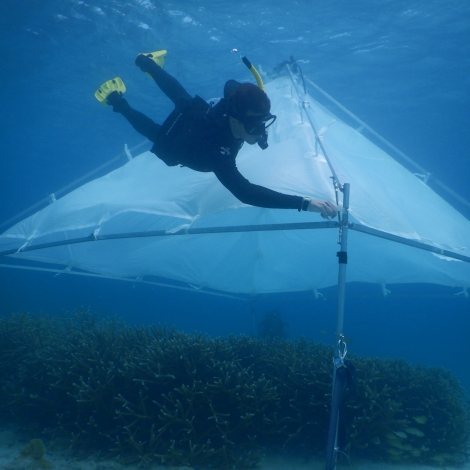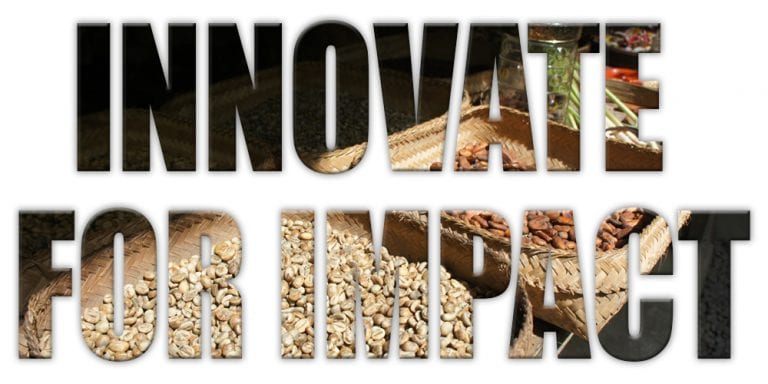Engineers working to restore coral populations in the Caribbean are designing gamete collectors. Gametes, or bundles of egg and sperm released by coral colonies for reproduction, can be used to grow new coral in a nursery for transport to the wild. Carolina Rojas, a Program Associate with Engineering for Change, along with engineers Landolf Rhode-Barbarigos from the University of Miami, and Chris O’Neil and Rick Auclair from Technical Products Inc., joined a team from the conservation organizations SECORE International and Reef Renewal in Bonaire to test collector prototypes. The engineers learned about reef restoration through coral sexual reproductions, and gained a new perspective to perform future design work.
“If I would have known when I started engineering that this was the type of work I could do, I would have done it a lot earlier” – Carolina Rojas
SECORE has been developing and deploying technologies to sustainably restore coral reefs for years. Miles McGonigle is SECORE’s Lead Engineer and also its sole engineer, constituting the entirety of the organization’s in-house engineering department. Mr. McGonigle leads efforts to optimize and upscale SECORE technologies by collaborating with other organizations. Those include Autodesk Foundation, Engineering for Change, and the University of Miami, among others. Ms. Rojas has contributed to SECORE’s efforts, first through her role with Engineering for Change to improve testing for coral Seeding Units (SU), then as a volunteer supporting the optimization of an individual gamete collector.
“It was eye opening. If I would have known when I started engineering that this was the type of work I could do, I would have done it a lot earlier,” Ms. Rojas says.
This photo essay documents one of the latest field tests of second-generation individual and multi-colony gamete collectors under development now.
Field testing coral gamete collectors
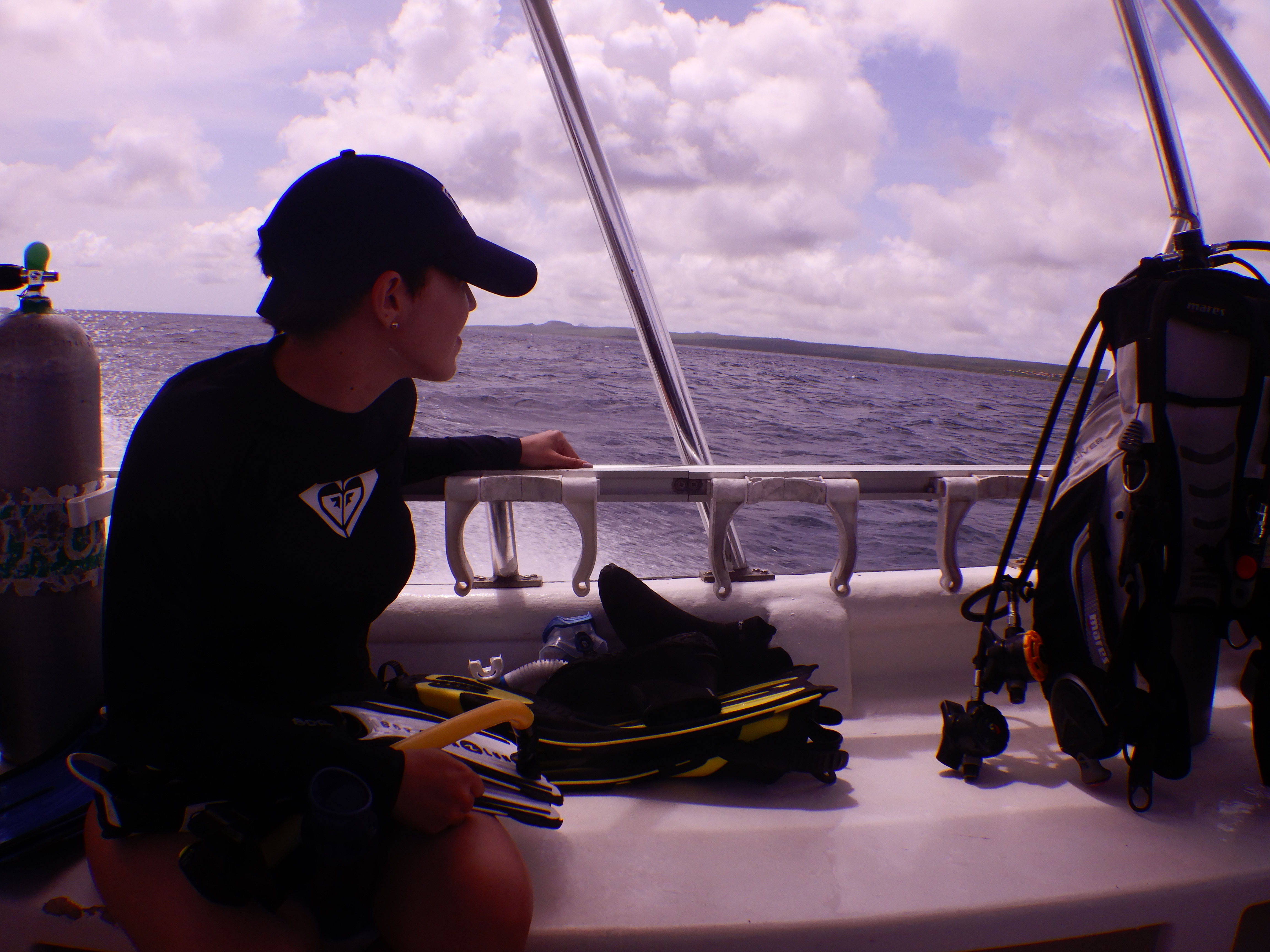
Carolina Rojas boats to the site where she will deploy prototypes of coral gamete collectors. Photo: Miles McGonigle / SECORE
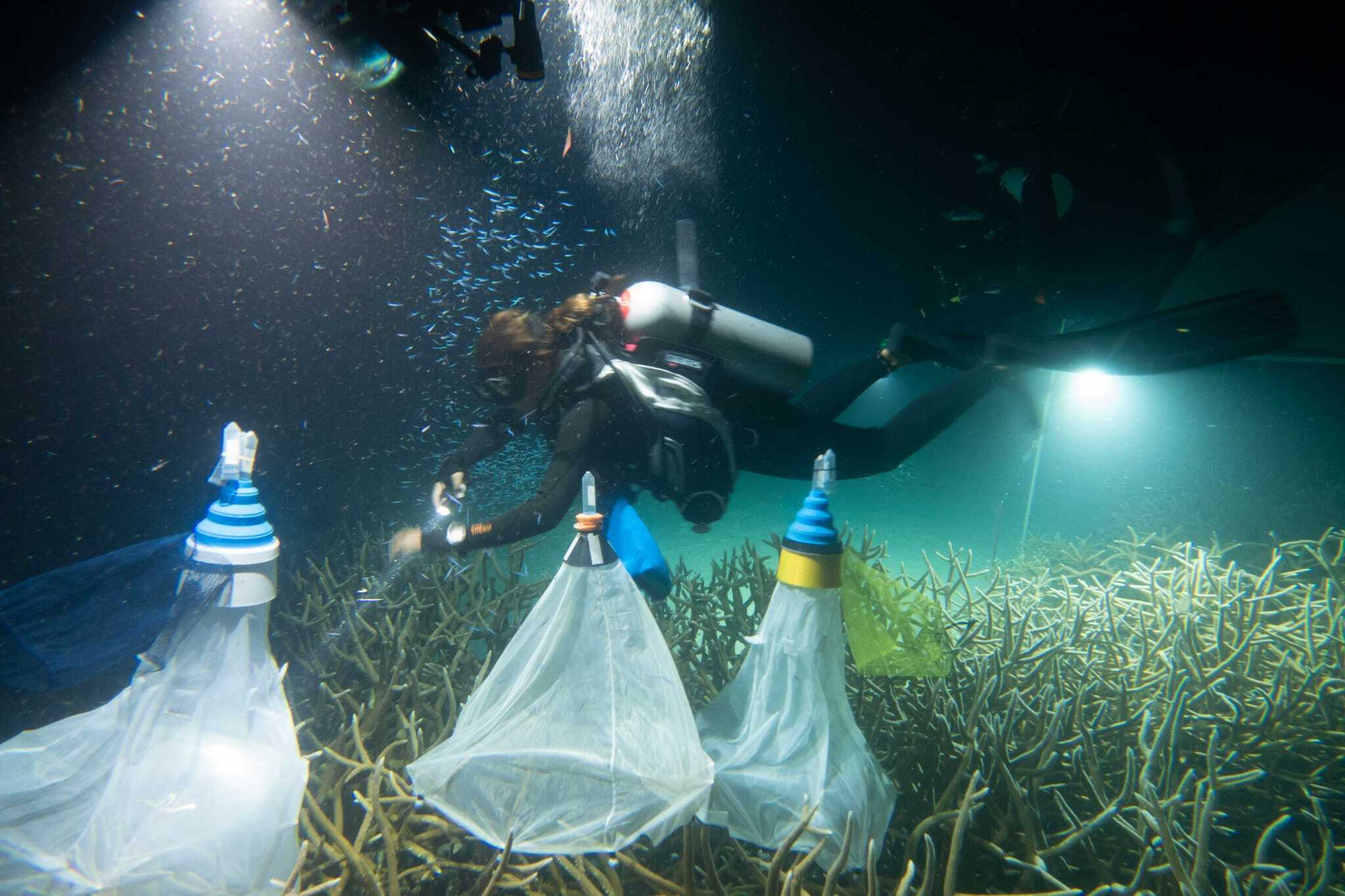
Two iterations of coral gamete collectors show the changing design. The oldest generation pictured have an orange, black and white float at the top and the newest iteration is blue and white. SECORE’s goal is a design that can be mass manufactured and that covers a larger area with an integrated net. Photo: Miles McGonigle / SECORE
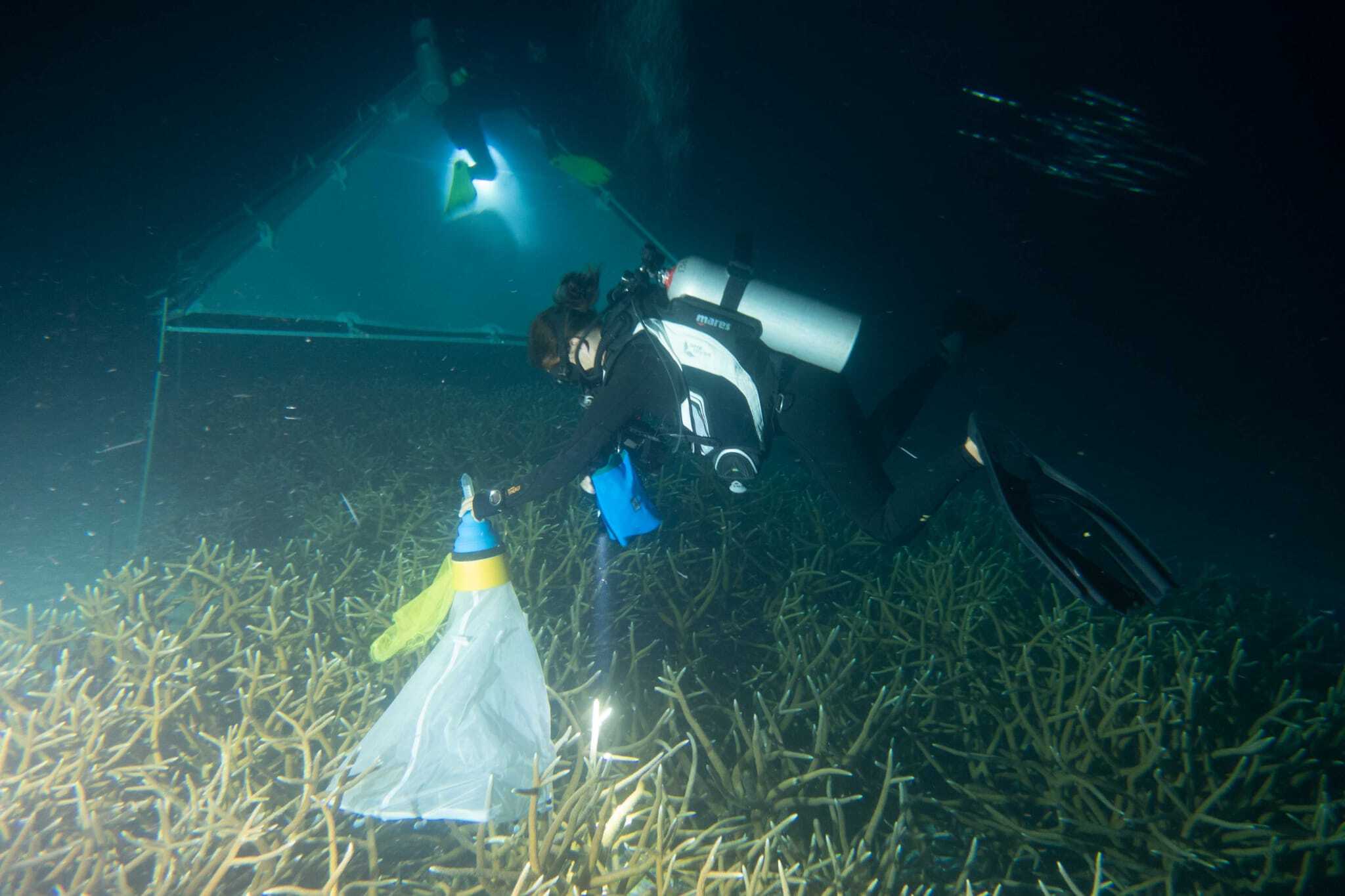
An Individual Colony Collector (ICC) is deployed for field testing with the backdrop of a larger, tent-like Multi-Colony Collector (MCC). Photo courtesy of Miles McGonigle / SECORE
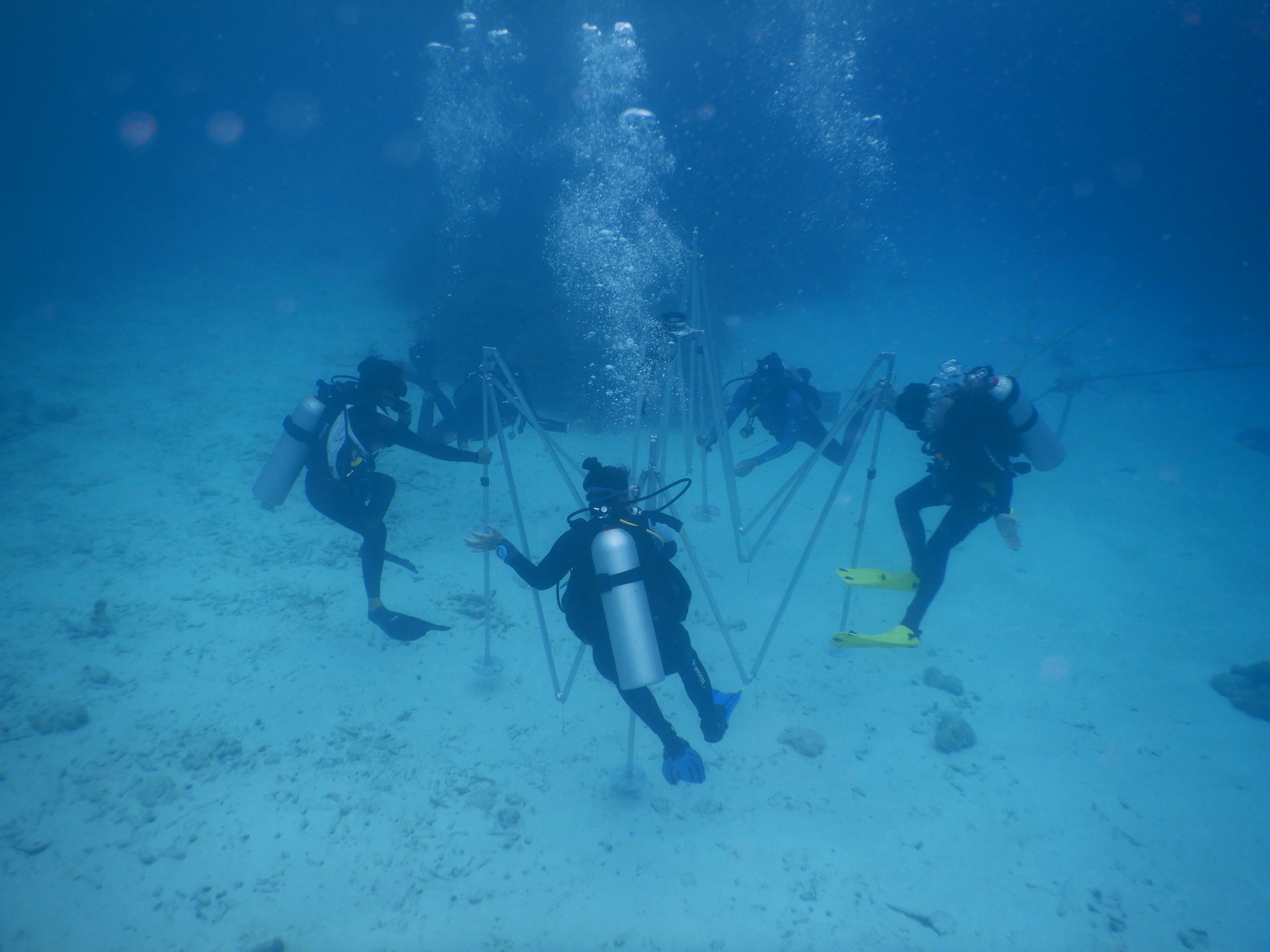
Field testers assemble the frame for the MCC collector. Photo: Carolina Rojas / E4C
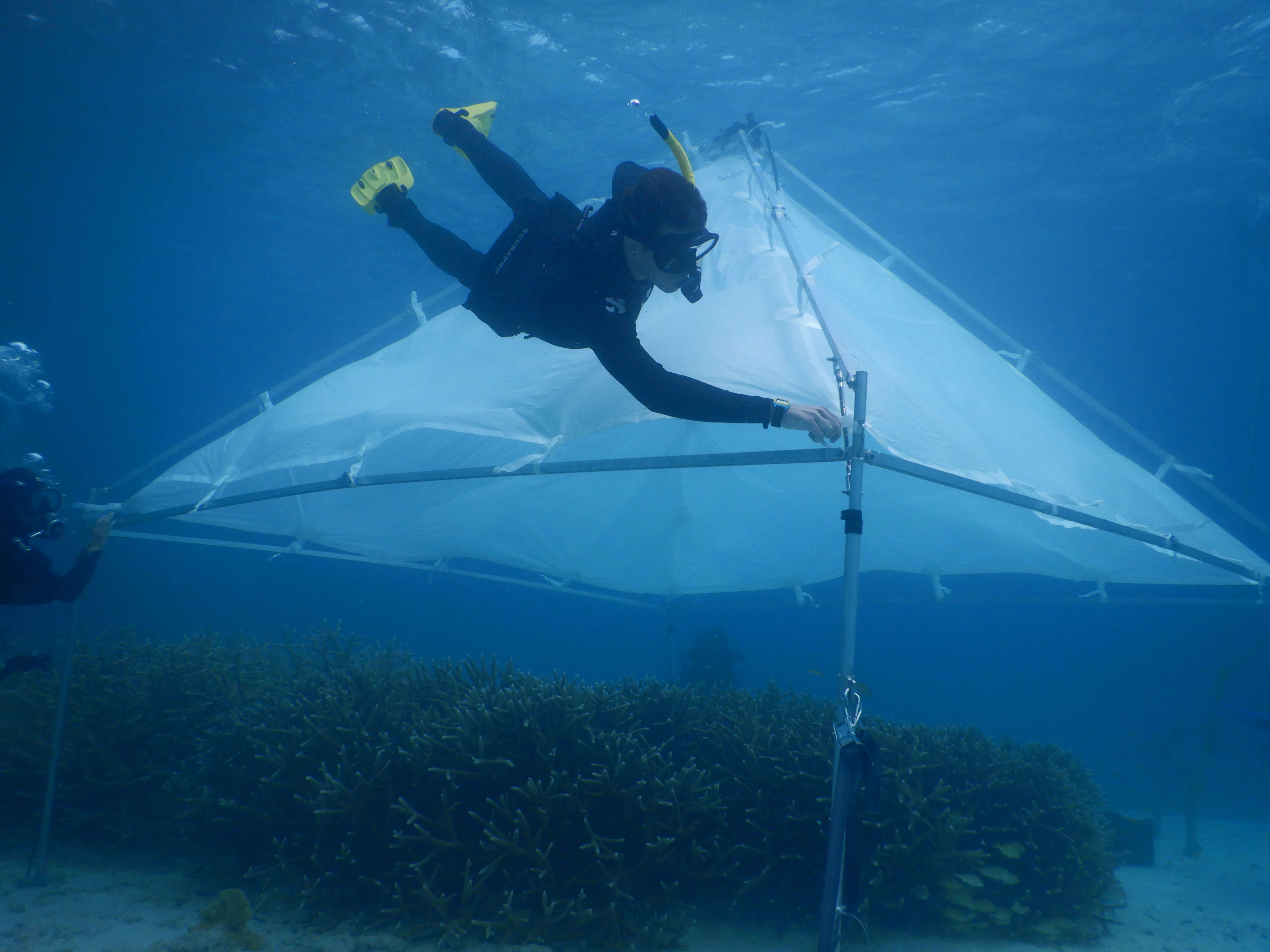
This is the second iteration of the MCC prototype. Photo: Carolilna Rojas / E4C
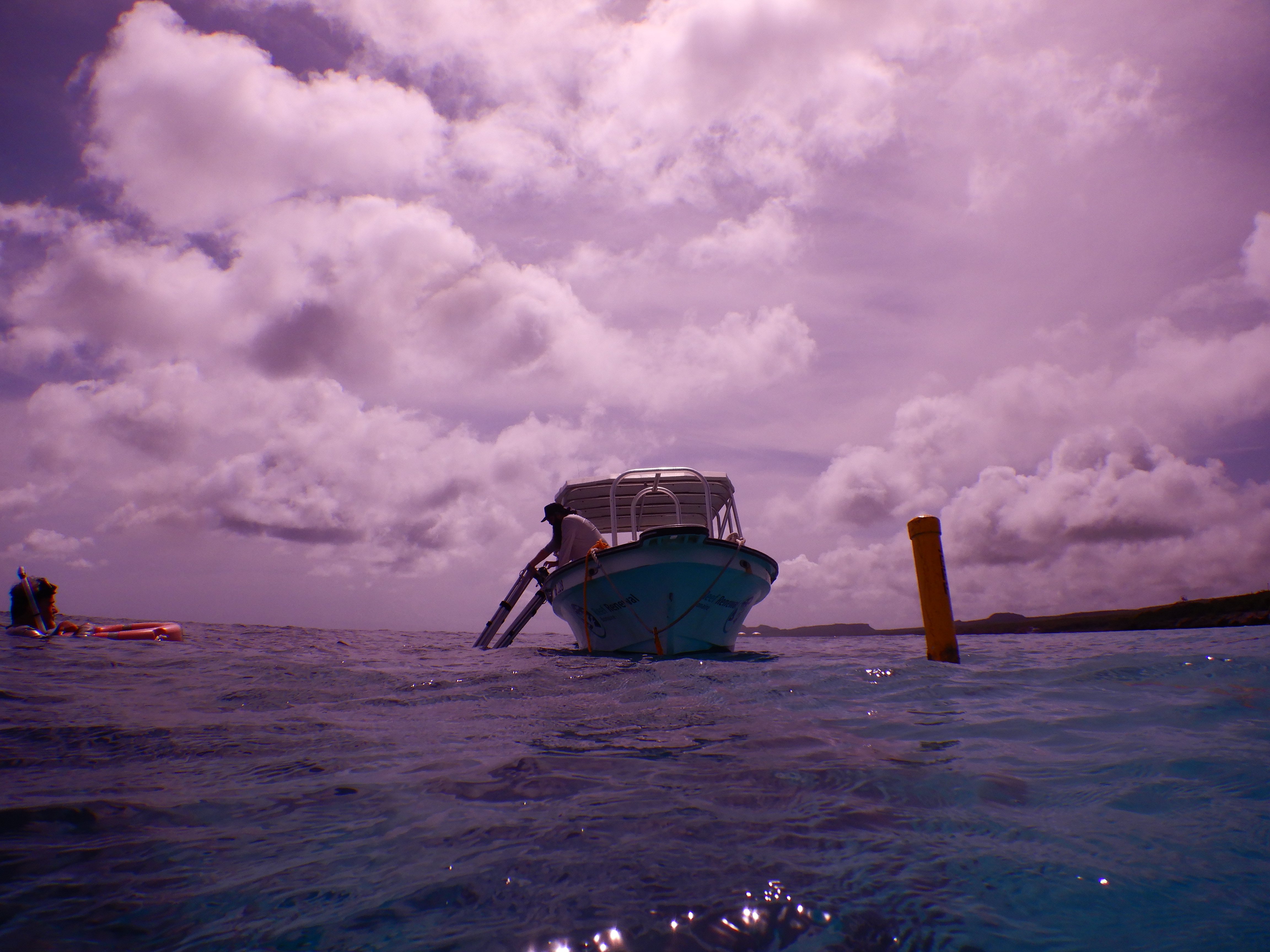
The field test demonstrated the underwater setup of the individual and multi-colony gamete collectors, providing hours of hands-on experience to the engineers and designers developing the prototypes. Photo: Carolina Rojas / E4C
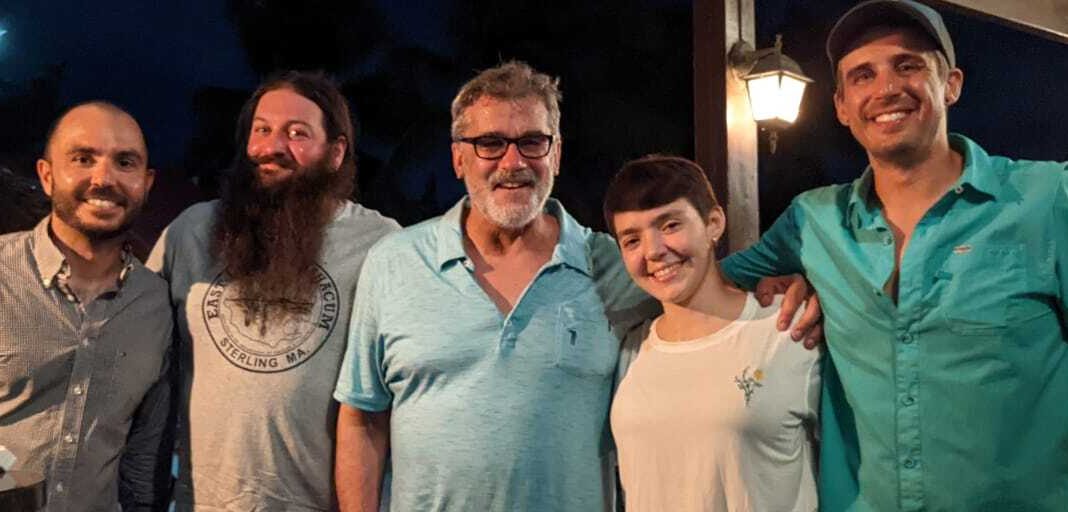
The field testers from left to right: Landolf Rhode-Barbarigos, Chris O’Neil, Rick Auclair, Carolina Rojas, and Miles McGonigle. Photo courtesy of Carolina Rojas / E4C
